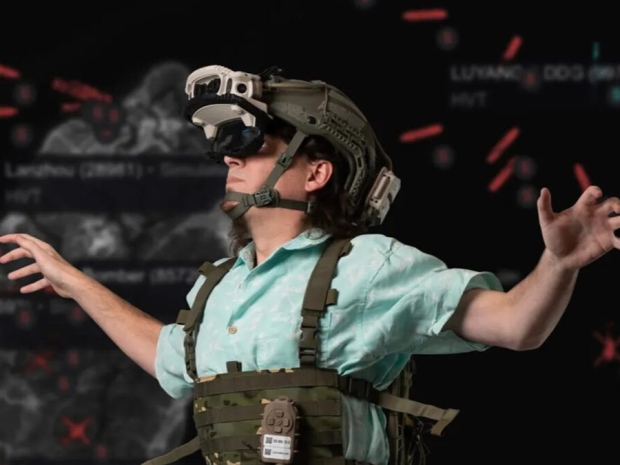According to Bloomberg, the deal remains subject to Army approval and could exceed $20 billion over the next decade if all options are exercised.
IVAS, built upon Microsoft’s HoloLens mixed reality platform, is designed to provide soldiers with cutting-edge capabilities such as night vision and airborne threat detection.
Under the proposed arrangement, Microsoft will transition to supplying cloud computing and AI infrastructure, while Anduril will assume responsibility for hardware production and software development. The Army has outlined plans for up to 121,000 units, though full-scale production is contingent on successful combat testing later this year.
The programme has encountered technical challenges, with initial prototypes reportedly causing headaches and nausea among soldiers. A better version has since received improved feedback, but concerns over cost remain. The Army has stated that the current $80,000 per unit price must “be substantially less” to justify widespread adoption.
Luckey wrote in his bog: “This move has been so many years in the making, over a decade of hacking and scheming and dreaming and building with exactly this specific outcome visualised in my mind’s eye. I can hardly believe I managed to pull it off.”
“Everything I’ve done in my career—building Oculus out of a camper trailer, shipping VR to millions of consumers, getting run out of Silicon Valley by backstabbing snakes, betting that Anduril could tear people out of the big-tech megacorp matrix and put them to work on our nation’s most important problems—has led to this moment.”
He added that IVAS wasn’t just another product; it is a once-in-a-generation opportunity to redefine how technology supports those who serve.
“We have a shot to prove that this long-standing dream is no windmill, that this can expand far beyond one company or one headset and act as a nexus for the best of the best to set a new standard for how a large collection of companies can work together to solve our nation’s most important problems,” he said.




